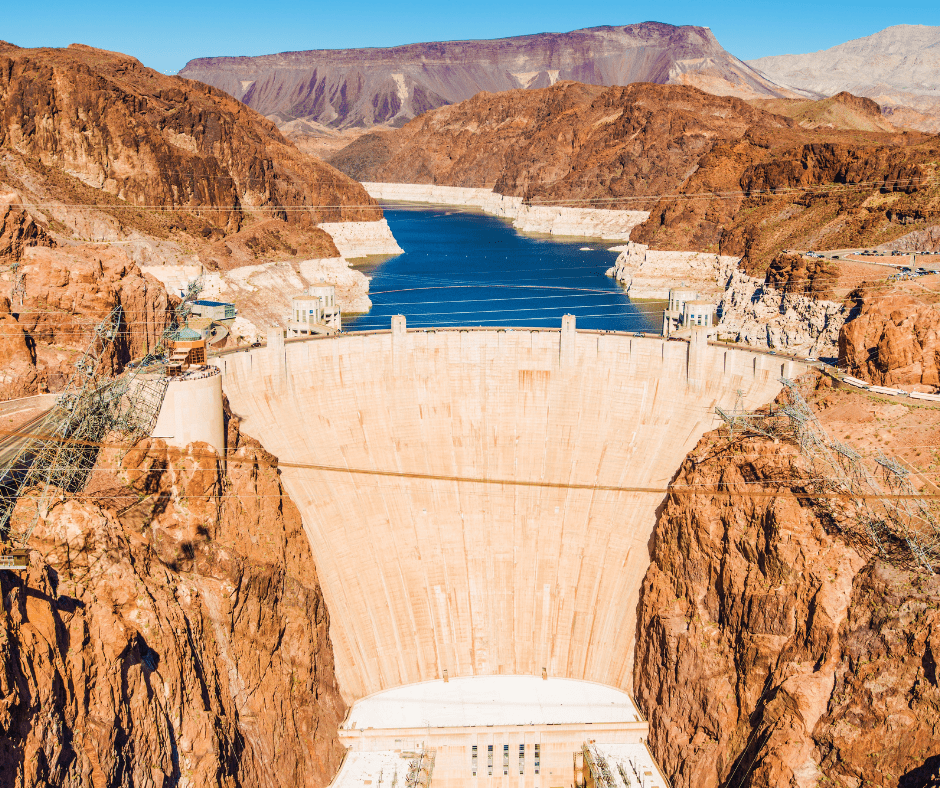Hydroelectricity
What is the history behind hydroelectricity?
The development that changed everything in Victorian times and provided a brand new power source was the generation of electricity – following on from Michael Faraday’s principles and theories in the early 19th Century and progressing through to the dynamo developed independently
by both Sir Charles Wheatstone in the UK and Sam Varley in the United States.
England was also the site of the first hydroelectric power machine in Northumberland, created by William Armstrong and used to provide electricity for a single lamp in 1878; still generating power at Cragside, a National Trust property open to visitors. (Interestingly there is a connection with Congleton Hydro as the electrical dynamo used was supplied by Sir William Siemens – Siemens Bros, Woolwich!!!!)
In Niagara the first major step-in full-scale power production took place with the Schoelkopf Power Station that began pushing out electrical current just three years later. It caused a major surge in building and by the end of 1890 there were almost 200 power stations alone across North America (the US is still the world’s biggest producer of hydroelectric power).
By the time we reach the 1940s, nearly 40% of power in the US was produced by hydroelectricity. Huge concrete monuments were built like the Hoover and Grand Coulee Dams. Hydroelectric power was often referred to as white coal, but its influence declined in later years as coal, oil and nuclear power became the technology of choice across the world.

Hydroelectric Power in the UK
With its mountainous terrain and high reservoirs, the UK is a great place for building hydroelectric power stations. Across England, Wales and Scotland hydroelectricity produces around 1.65 GW of energy which accounts for approximately 1.8% of our national capacity. Most of the current stations were built around the 50s and 60s and recent development has been hampered by concerns over environmental issues. Many sites for hydroelectric power are in areas of protected natural beauty and the cost of construction is often considered prohibitive.
Examples of hydroelectric power stations in the UK include:
- Dinorwig Power Station in North Wales, producing 1,800 MW.
- Lochaber in the Highlands of Scotland produces 84 MW and which has recently been given go ahead for a new 600 MW installation.
- Beeston Weir in Nottinghamshire is currently the largest river driven hydroelectric power station in the country.
Micro Hydroelectric Power
It’s not just large-scale electricity production that matters with hydroelectric power. With the need to find new and renewable technologies to reduce our dependence on fossil fuels micro-hydro solutions began to emerge in the early 2000’s in the UK, smaller designs that often deliver in the range of 50-100 kW.
To date there are some 100 installations in the UK, some private like Cranage hydro at Holmes Chapel but many are community schemes, locally Torrs Hydro at New Mills and Stockport Hydro.
How have we come to generate power from Havannah Weir?
Back in 2006 Paul Guymer and the much-missed Margaret Williamson were standing on Congleton Park Bridge, reflecting on the energy going to waste as the River Dane flowed over Town Weir. A small working party was formed, the Dane Hydro Group, and Congleton Inclosure Trust funded an initial feasibility report, conducted by Derwent Hydro and completed in January 2007. The study concluded that power could feasibly be generated from the Town Weir provided capital to fund the scheme was available.
Dane Hydro Group applied for and won a capital award of £250,000 Rural Carbon Challenge Fund money in September 2010 based on an application for the capital cost of £367,000; Dane Hydro Group planned to raise the £117,000 through a community share ownership scheme.
After the grant was awarded capital costs of the scheme increased significantly to £570,000; the Environment Agency wanted a ‘fish pass’ at £50,000 and to maximise the river flow the advice was to fit a larger turbine to generate 50kW instead of the original 35kW although the annual output has not increased from the 170,000 kWh per year.
Throughout the application process, the group were given conflicting advice to assume Feed-in Tariffs (FiT’s) were and they were not to be presumed as part of the scheme. Without FiT’s the scheme was only marginally viable and the group decided very reluctantly not to proceed and return the £250,000 grant, a sad day indeed!
Knowing that economic power couldn’t be generated from the 2.3 metre high Town Weir, the group were well aware of the 4.1metre high weir in Havannah village.
Conversations with property owners in Havannah showed that it might be possible to install a community scheme on the weir. To that end, Dane Valley Community Energy Limited, a Community Benefit Society was formed in May 2015.
I don’t think any of the original members of DVCE thought it would take more than 5 years to get to the point of actually building the scheme but such is the nature of acquiring the land, establishing access to the site, gaining planning permission and producing a business case capable of convincing potential investors to invest £720k – it all takes a lot of time!

Get In Touch
Dane Valley Community Energy Ltd is a Community Benefit Society registered with the Financial Conduct Authority (FCA - Registration Number 7142) as defined by the Cooperatives and Community Benefit Societies Act, 2014 and governed by rules which can be viewed HERE.
